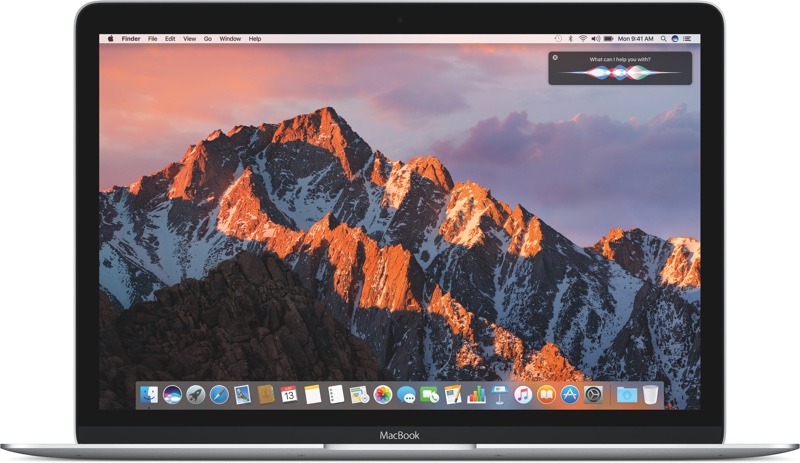Apple recently released its latest computer and mobile operating systems, Mac OS Sierra and iOS 10, both bring improvements and changes that are sure to please some and upset others.
iOS 10 looks and feels very different with a new lock screen, notification center, and control center and updates to apps like Messages and Music, but as with any software updates there are bugs including a bug where trying to update the machine over the air cause it to crash and boot loop(although this has been fixed since then). This is just a reminder that day 1 software may have bugs and it is never a bad idea to hold off a week or two for all the issues to be ironed out.
Mac OS Sierra brings along a new naming scheme, gone is OS X and in is Mac OS, some are speculating that this is a way to bring iOS and Mac OS closer, although for now they look to be separate and distinct OS’s. Continuity however bridges the gaps between iOS and Mac OS, with a universal clipboard between apple devices, and now Siri is in Mac OS.
iOS

iOS 10 brings many small but convenient updates and changes. The slide to unlock (present since the first release of iOS) has been replaced by pressing on the home button to unlock. Many of the stock applications have received a couple of new features here and there, and a lot of focus went into tying separate applications to make for a single fluid system. One such example of this focus on context driven capabilities is transferring events, and contacts found in emails to calendar and contacts respectively. Messages also received a considerable change with the addition of new stickers, and animations to emphasize the expression of your texts.
One trade off of iOS 10 is the implementation of API’s (Application Program Interface) to help the programmers design applications. One API was removed that allowed low level access to information about hardware; such as the battery cycle count or charge voltage. But Apple implemented three new APIs allowing for more access to iMessage, Maps, and Siri which allow for integrating new tasks such as restaurant booking from maps or larger and emotive emoticons and emoji’s.
macOS

macOS Sierra borrows many of its new features from iOS. From the integration of Siri to the adoption of Apple Pay online, the influences of iOS are clear. Disk Utility has the option to setup raid arrays, a feature that was removed in 10.11. While not a widespread use case, it is nice to have the ability to set up special storage options. In stark contrast Apple has really limited the security options for Gatekeeper. Whereas before if you were trying to install a program from an unidentified developer (like Cloudpath) all you had to do was change a setting in System Preferences to accept all 3rd party apps, now you have to run the application, and then go into system preferences to give it explicit access to run, additionally you can also right-click it and hit “open” to provide the necessary permission to launch the application. In some cases it might be a few extra clicks, but the general security improvement is a interesting trade-off to consider.
iCloud also has a new trick, which affects Mac OS. Older files (such as documents/voice memos) can be moved to iCloud to save space on the machine. This allows Apple to charge for iCloud server space and use smaller storage solutions in machines, a formula popularized by Google’s Chromebooks. This optional feature is designed to free up space on machines as an alternative to using external drives.
Sudo also changed how it works, if you authenticate one tab in Terminal if will not authenticate the other tabs, meaning that you have to re-authenticate the sudo command in each tab.
Summary
Overall the iOS 10 and macOS upgrades do not provide any world changing features, but what they do provide is many smaller changes that should make devices easier to use and more feature rich, from the changes to apple music to the new lock screen, this update feels like a step closer to a “perfect” experience. Looking to the future, Apple released a preview of their new file system, Apple File System (APFS), which is designed to provide better support for solid state drives and implements software tools such as trim, snapshots, and cloning as well as overcoming many of the limitations of HFS+. While not an exciting visible change, this backend change will allow for new features and hopefully better performance to enable a better user experience.